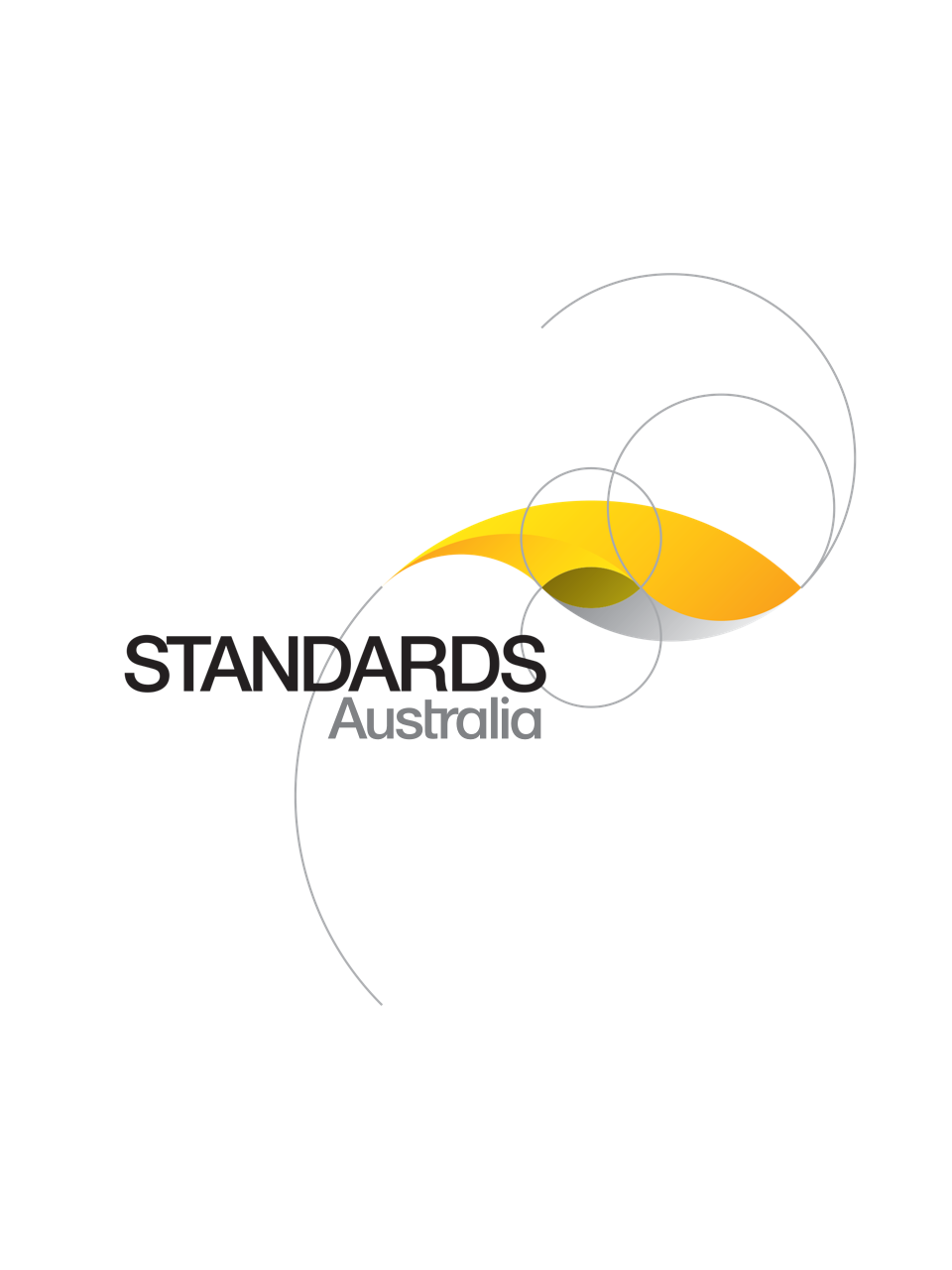Handbook
HB 291-2007
[Withdrawn]Health informatics — Guide to data development in health
Provides guidance on the principles and methodology of data development that incorporates all the necessary steps to produce high quality data to meet the needs of all uses of the data.
Published: 31/08/2007
Pages: 77
Table of contents
Cited references
Content history
Table of contents
Header
About this publication
Preface
Foreword
1 Introduction
1.1 Scope
1.2 Audience
1.3 Purpose
1.4 Stakeholders
1.5 Structure of the guide
2 Data development overview
2.1 General context
2.2 What is data?
2.3 What is information?
2.4 Uses of information
2.5 What is metadata?
2.5.1 General
2.5.2 Metadata is the key to data
2.5.3 History and use of metadata
2.6 Standards for semantics of data and representation
2.6.1 General
2.6.2 Parts of ISO/IEC 11179 Information technology—Metadata registries (MDR)
2.7 What is a data element?
2.8 What is a metadata registry?
2.9 What is data development?
2.9.1 Data development drivers
2.9.2 Data development for primary and secondary purposes
2.10 What is a data set?
2.10.1 General
2.10.2 Data set specifications
2.11 Data development and metadata
2.12 Data development and data standards
2.12.1 General
2.12.2 Why standardize data?
2.13 National data standards
2.14 Terminology
2.15 Data development and data quality
2.15.1 General
2.15.2 Data quality considerations when implementing data sets
3 Data development principles and methodology
3.1 General
3.2 Principles of good data development
3.2.1 Ten principles
3.2.2 Creating or adopting data standards is part of data development
3.2.3 National and international standards should be used wherever available and applicable
3.2.4 Data development is system independent
3.2.5 Be clear about the purpose of the data collection
3.2.6 Data must be fit for purpose
3.2.7 Data development may be incremental
3.2.8 Data development should be mindful of privacy concerns
3.2.9 Data development should minimize collector/recording burden
3.2.10 Data development should reflect, not drive practice
3.2.11 Create once, use often
3.3 The data development process
3.3.1 Business context and information need identification
3.3.2 Feasibility analysis
3.3.2.1 General
3.3.2.2 Identifying stakeholders
3.3.2.3 What data currently exists?
3.3.2.4 How the data are currently collected?
3.3.2.5 Reporting arrangements and periods
3.3.2.6 Scope
3.3.2.7 Statistical unit
3.3.2.8 Timeframe
3.3.2.9 Resources
3.3.3 Establish a project team and data working group
3.3.4 Consultation and collaboration with stakeholders
3.3.4.1 General
3.3.4.2 Top-down approach
3.3.4.3 Bottom-up approach
3.3.4.4 Combined top-down/bottom-up approach
3.3.5 Identifying data for development
3.3.5.1 General
3.3.5.2 Modelling data requirements
3.3.5.3 Entities
3.3.5.4 Relationships
3.3.5.5 Data elements
3.3.6 Developing data elements
3.3.6.1 Reusing existing data elements
3.3.6.2 Modifying existing data elements
3.3.6.3 Conflict resolution or what to do when a modification to an existing data element is required.
3.3.6.4 Creating new data elements
3.3.7 Field testing
3.3.8 Estimating cost of implementation
3.3.9 Obtaining authoritative endorsement
3.4 Risk management
4 Developing data elements
4.1 General
4.2 The components of a data element—For the non-technical person
4.3 Technical specifications of a data element
4.3.1 General
4.3.2 Object class
4.3.3 Property
4.3.4 Data element concept (DEC)
4.3.5 Value domain
4.3.5.1 General
4.3.5.2 Granularity
4.3.5.3 Compliance and consistency
4.3.6 Classification scheme
4.4 Formulating data elements
4.4.1 General
4.4.2 Formulating data elements – an example
4.4.2.1 General
4.4.2.2 Identifying the data element concept
4.4.2.3 Identifying the value domain
4.4.2.4 Defining the data element
4.4.2.5 Data elements should describe one concept and be appropriately represented
4.5 Guidelines for good metadata
4.5.1 General
4.5.2 Naming a data element
4.5.3 Definition
4.5.4 Data element concept definitions vs. data element definitions
4.5.5 Context
4.5.6 Value domain
4.5.7 Guide for use
4.5.8 Collection methods
5 METeOR
5.1 What is METeOR?
5.2 Principles of METeOR
5.3 METeOR Metadata item types and attributes
5.3.1 Object class name
5.3.2 Property name
5.3.3 Data element concept name
5.3.4 Value domain name
5.3.5 Data element name
5.3.6 Classification scheme name
6 Agreements and governance arrangements for data standards
6.1 General
6.2 National Health Information Agreement (NHIA)
6.3 National health information governance arrangements
6.4 States and territory governance arrangements
6.5 Local governance arrangements
7 Contact details and bibliography
7.1 Whom to contact for help
7.2 References
Cited references in this standard
Content history
